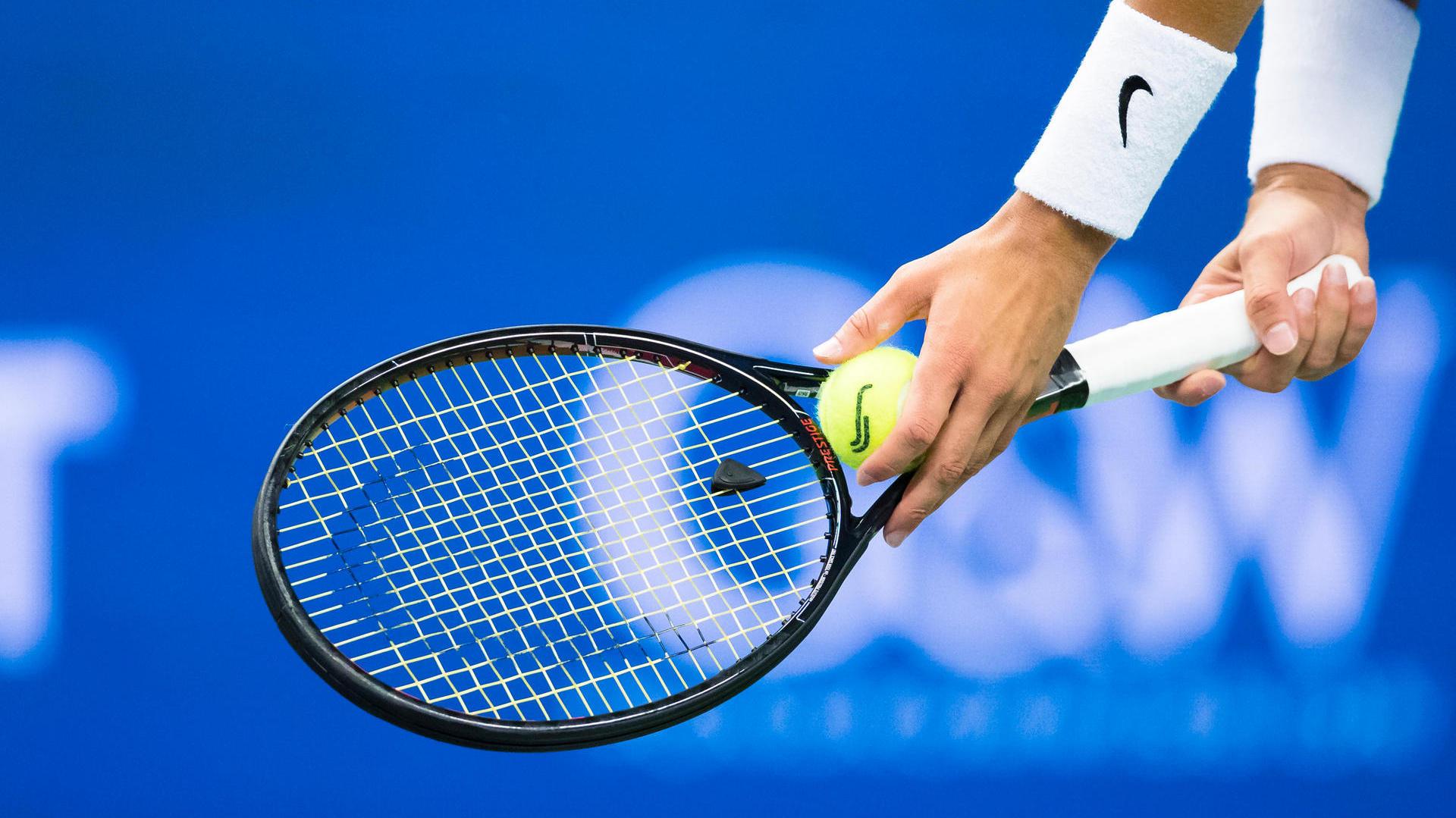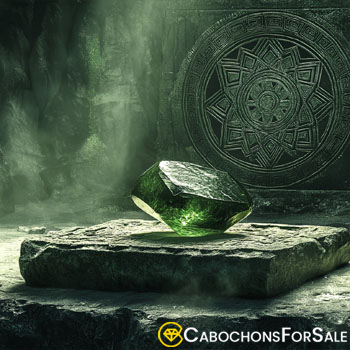Tennis is a dynamic and exhilarating sport that combines physical agility, mental sharpness, and strategic thinking. Played on various surfaces, such as grass, clay, and hard courts, tennis has evolved over centuries from a simple game to one of the most popular and prestigious sports worldwide. Whether it’s a casual match between friends or a high-stakes Grand Slam final, tennis has something to offer for players and spectators alike.
A Brief History of Tennis
Tennis traces its origins back to 12th-century France, where it was first played as “jeu de paume” (game of the palm). Initially, players hit the ball with their hands, and over time, racquets were introduced. By the late 19th century, lawn tennis emerged in England, and it quickly spread across Europe and the United States, becoming the sport we know today.
The sport’s first major international tournament, Wimbledon, was held in 1877, marking the beginning of tennis as a global phenomenon. Since then, tennis has continued to grow in popularity, with legendary players like Serena Williams, Rafael Nadal, Roger Federer, and Novak Djokovic shaping the game with their remarkable achievements.
The Rules of Tennis
At its core, tennis is a game played between two players (singles) or two teams of two players each (doubles). The objective is to score points by hitting the ball over the net into the opponent’s court in such a way that they are unable to return it. Points are won in a specific order: 15, 30, 40, and game point. If both players reach 40, it’s called “deuce,” and the player must win two consecutive points to win the game.
Matches are typically played in a best-of-three or best-of-five set format. A set is won by the first player to win six games, with a margin of at least two games. If the score reaches 6-6, a tiebreaker is played to determine the winner of the set.
The Key Elements of the Game
The Serve: The serve is one of the most important aspects of tennis. A strong and accurate serve can set up a player for success, allowing them to dictate the point right from the beginning. The server must stand behind the baseline and hit the ball diagonally into the opponent’s service box. If the serve lands outside the box or the player fails to make a valid serve, they lose the point.
Groundstrokes: These are the shots players hit after the ball has bounced on the ground. The two main types are the forehand and backhand. A well-executed groundstroke can put pressure on the opponent and force them into making mistakes.
Volleys: Volleys are shots made before the ball bounces, typically executed close to the net. Players use volleys to intercept an incoming shot and to finish points with an aggressive play.
Footwork and Movement: Tennis requires excellent footwork and fast movement. Players must constantly adjust their position on the court to return shots effectively, and often, the difference between winning and losing a point is a matter of split-second reactions and positioning.
Major Tournaments and Grand Slam Events
The four Grand Slam tournaments are the pinnacle of tennis, attracting the best players from around the world. These tournaments are:
Australian Open: Held in Melbourne, Australia, every January, the Australian Open is known for its lively atmosphere and hardcourt surface.
French Open (Roland Garros): Taking place in Paris, France, in late May and June, the French Open is played on clay courts, a surface that requires unique skills and strategy.
Wimbledon: Arguably the most prestigious of the Grand Slams, Wimbledon is held in London every summer. It’s famous for its grass courts, strict dress code, and rich history.
US Open: Held in New York City every August and September, the US Open features a hardcourt surface and is known for its exciting and sometimes unpredictable matches.
The Mental Game: Strategy and Psychology
Tennis is as much a mental game as it is a physical one. Players need to stay focused, maintain composure under pressure, and manage their emotions throughout the match. The ability to recover from mistakes and avoid letting the opponent dictate the pace is crucial for success.
A key component of tennis strategy is shot selection. Players must think ahead, analyzing their opponent’s weaknesses and tailoring their game plan to exploit those weaknesses. Whether it’s hitting deep groundstrokes, mixing in drop shots, or coming to the net for volleys, every decision can influence the outcome of the match.
Tennis as a Lifetime Sport
Tennis offers something for players of all ages and skill levels. While professional players like Novak Djokovic and Naomi Osaka inspire the next generation, recreational tennis is enjoyed by millions worldwide. The sport provides an excellent cardiovascular workout, improves hand-eye coordination, and fosters social connections. Whether played in singles or doubles, tennis can be both a competitive challenge and a fun way to stay active.
Conclusion
Tennis is a sport that blends athleticism, strategy, and precision. From the iconic matches at Wimbledon to local park games, tennis continues to captivate players and fans around the world. Whether as a pastime or a professional pursuit, tennis offers a timeless appeal that challenges both the body and the mind, making it one of the most beloved sports across the globe.














